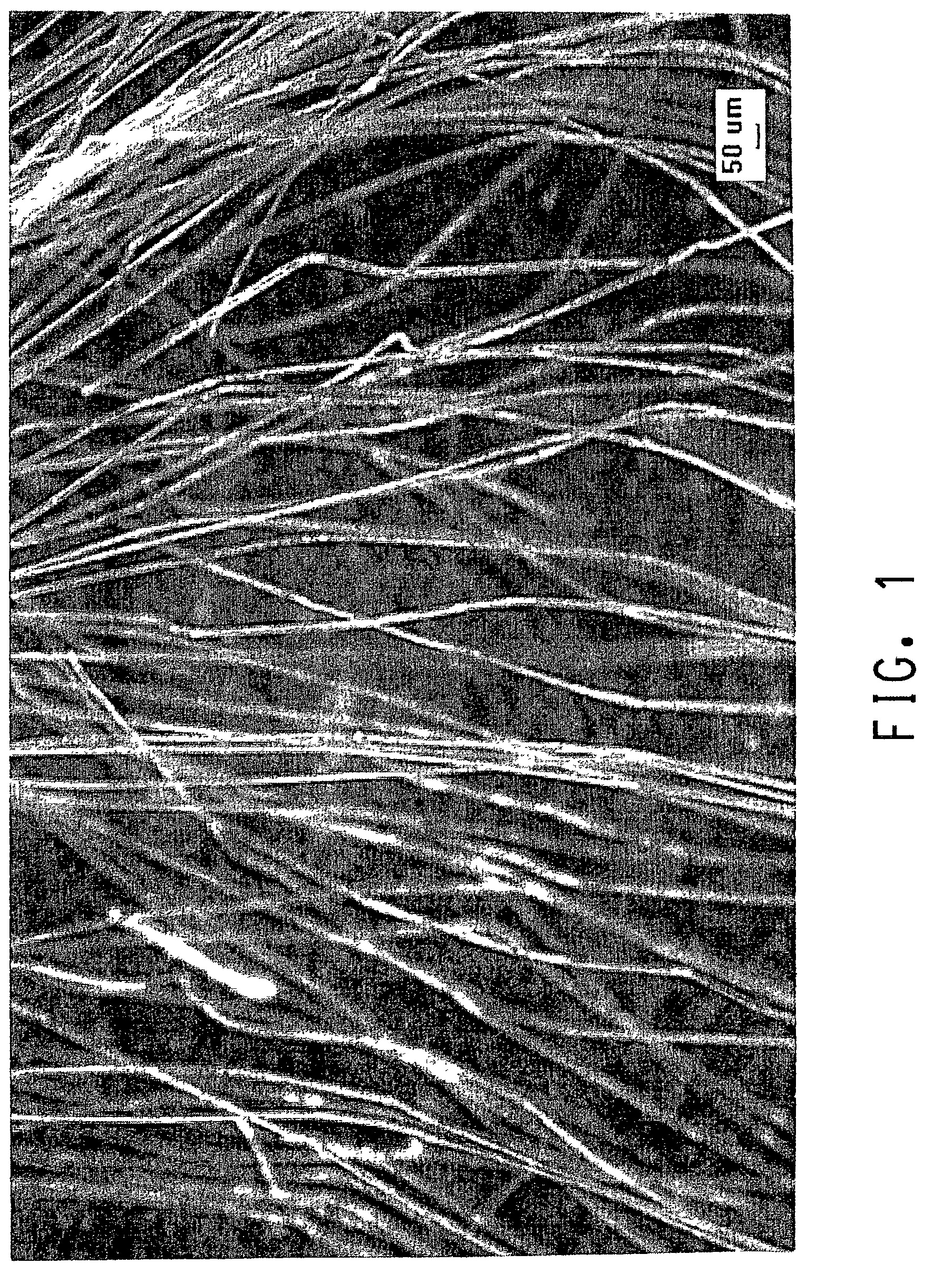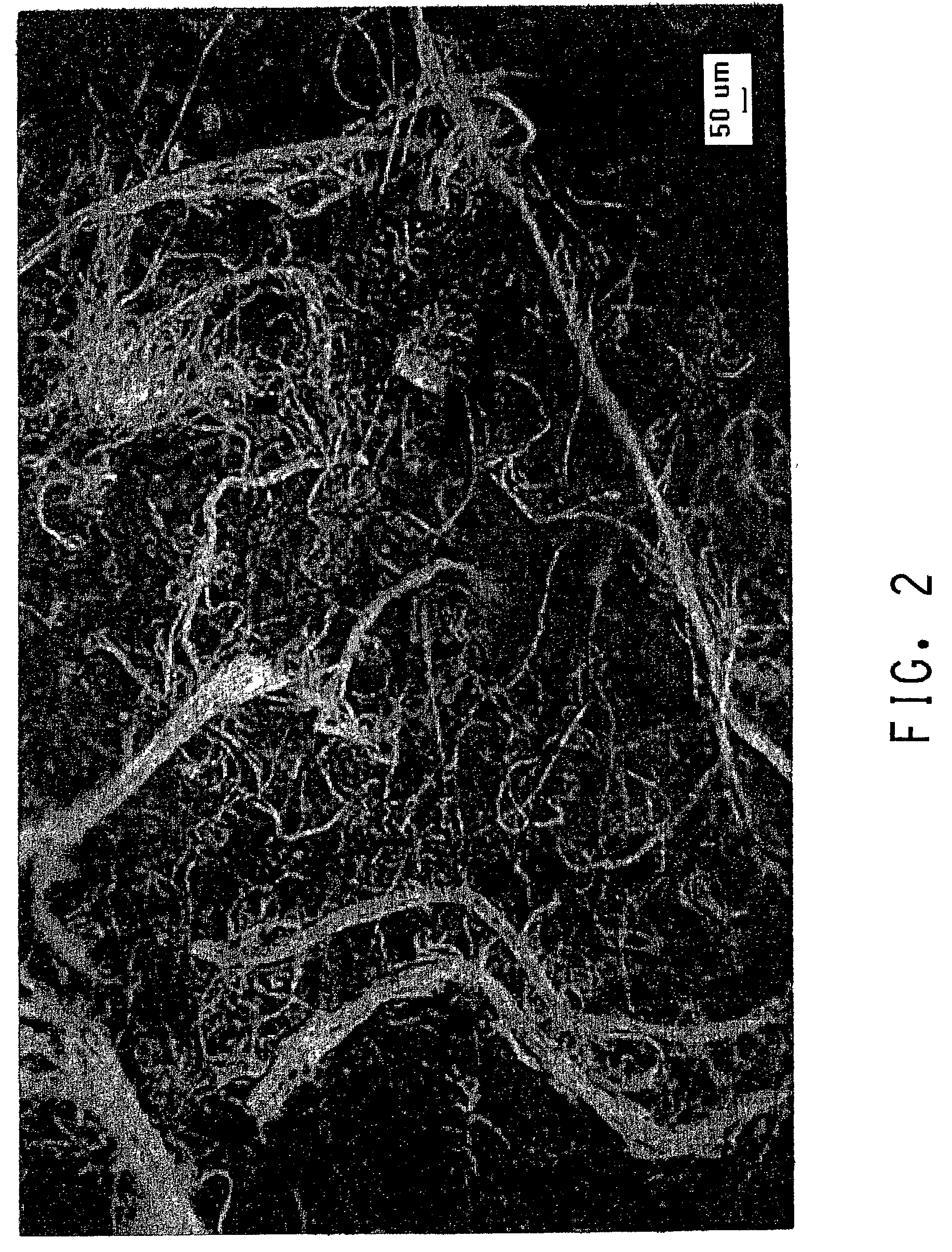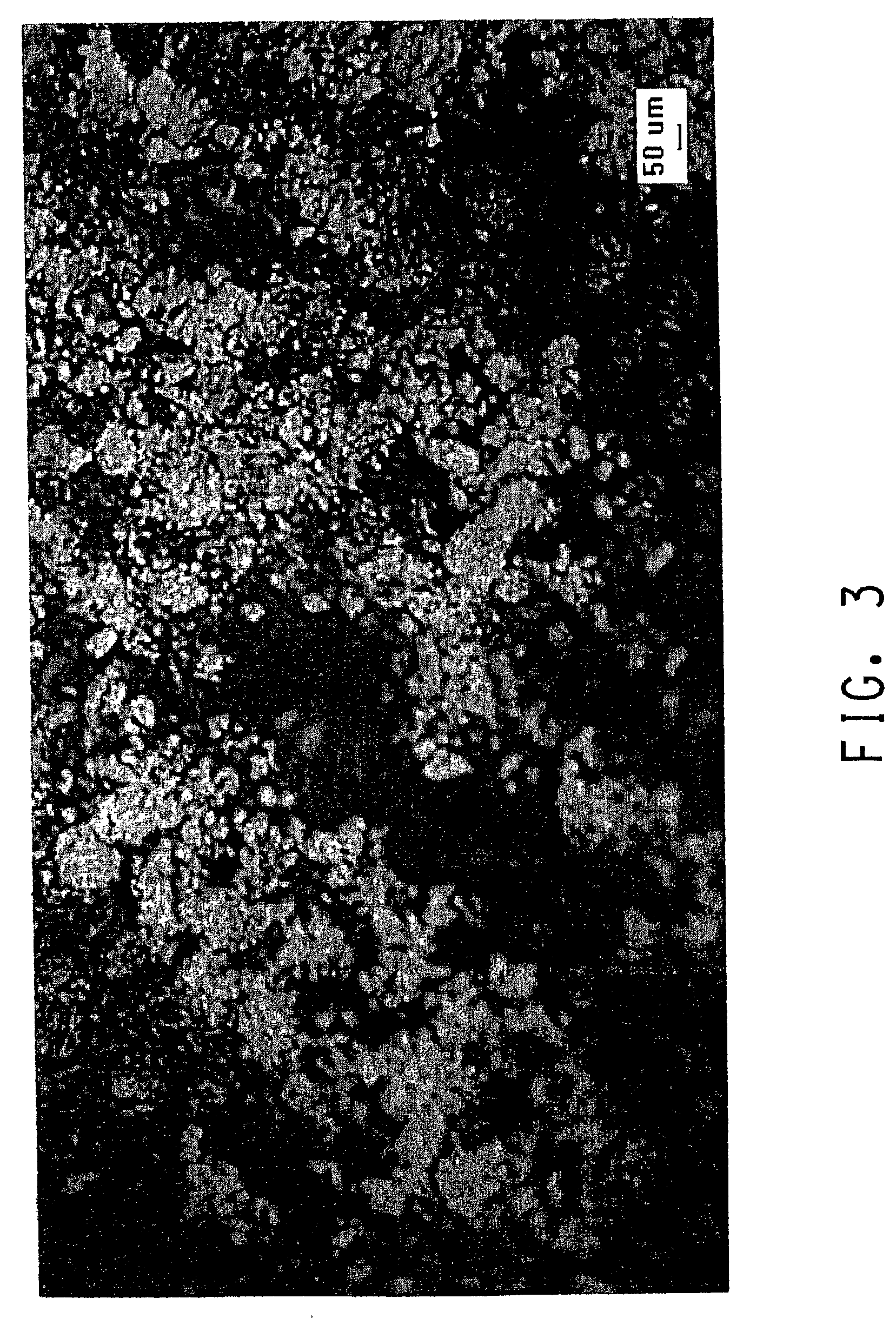Method of producing micropulp and micropulp made therefrom
a technology of micropulp and micropulp, which is applied in the field of producing micropulp and micropulp made therefrom, can solve the problems that the coating composition is difficult to apply using conventional spraying techniques, and achieve the effects of cost saving, large size and improved application efficiency
- Summary
- Abstract
- Description
- Claims
- Application Information
AI Technical Summary
Benefits of technology
Problems solved by technology
Method used
Image
Examples
example 1 (
Control)
[0154] A Primer was prepared by mixing together 600 grams of 615S Variprime.RTM. Self-etching primer with 400 grams of 616S Converter, both supplied by DuPont Company, Wilmington, Del.
example 2
[0155] The primer of Example 1 was mixed with 17.50 grams of Slurry 3 to produce Example 2.
example 3 (
Control)
[0156] A two-pack primer was prepared by mixing together 954.40 grams 4004S Ultra Productive 2K Primer-Filler (Gray), 85.31 grams of 1085S ChromaSystem.RTM. Mid-Temp Reducer, and 143.40 grams of 4075S Ultra Productive Mid Temp Activator, all supplied by DuPont Company, Wilmington, Del.
PUM
| Property | Measurement | Unit |
|---|---|---|
| volume average length | aaaaa | aaaaa |
| surface area | aaaaa | aaaaa |
| length | aaaaa | aaaaa |
Abstract
Description
Claims
Application Information
 Login to View More
Login to View More - R&D
- Intellectual Property
- Life Sciences
- Materials
- Tech Scout
- Unparalleled Data Quality
- Higher Quality Content
- 60% Fewer Hallucinations
Browse by: Latest US Patents, China's latest patents, Technical Efficacy Thesaurus, Application Domain, Technology Topic, Popular Technical Reports.
© 2025 PatSnap. All rights reserved.Legal|Privacy policy|Modern Slavery Act Transparency Statement|Sitemap|About US| Contact US: help@patsnap.com



